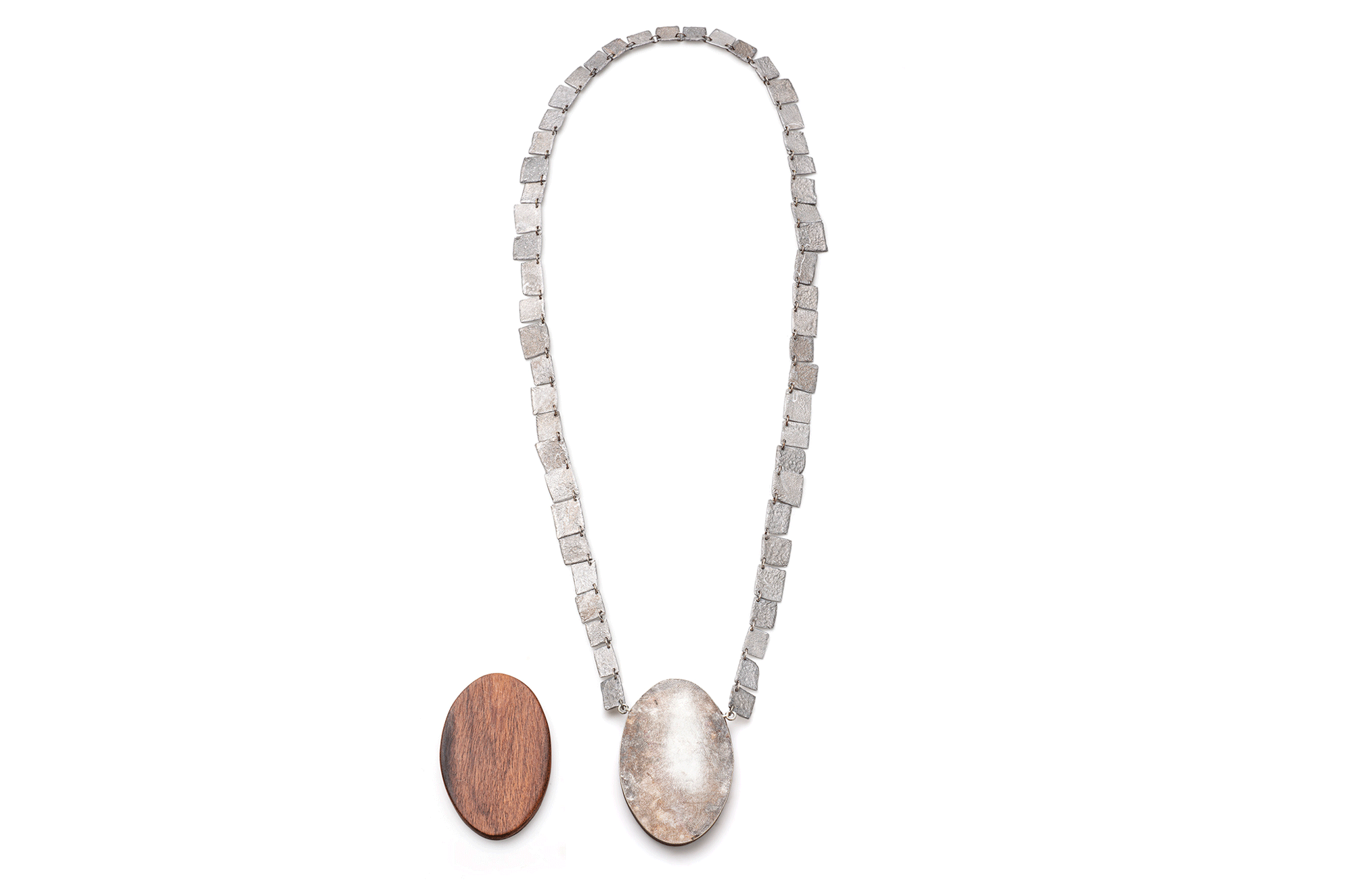MADELEINE
















MEDELEINE
The memory is the place where Lavinia Rossetti’s latest works have taken shape. A world of memories, fragments of family life that shift away from their original home, move through time, find new places, expand and change meanings, fleeing from any mere biography of the artist. Then, they come forward, let themselves be seen and then close themselves up in boxes, creating an image of precious cases that hold and protect emotional echoes, ancient memories and universal sentiments.
Lavinia Rossetti’s latest collection is called Madeleine a tribute to the little French cakes that introduce the theme of involuntary memory in Marcel Proust’s À la recherche du temps perdu. Confined to bed because of an illness, the writer began a long backward journey seeking his most distant memories. At the same time, he started listening to his emotional brain, to the point that he could sense its invisible mechanisms. The madeleine appears in the first chapter of the first volume, Du côté de chez Swann. One winter’s day in Paris, dipping a petite Madeleine into a cup of tea, the narrator is overcome by an extraordinary feeling, triggered by the similarity between that flavour and something identical he had tasted in
a forgotten moment of the past. By concentrating, he recalls that when he was a child at Combray, an aunt gave him the same type of little cake, moistened in linden tea. A lost fragment of time came out of oblivion. That buttery, little shell- shaped cake soaked in tea is the key that unlocked the writer’s intuition and finally revealed what he was looking for: himself.
As she embarked on her research Lavinia Rossetti embraced Proust’s experience and realized that memories are not unchangeable photographs, they do change and are transformed each time they are recalled. The artist explains, Remembering is a dynamic process influenced by the present, by our mood, by the people around us. It is an archive that can be changed and revised, and it is sensitive to alterations in emotional connections. Each time we recall them, we delete and add details to our memories.
The series of works the artist calls Madeleinelends itself to several levels of interpretation: on the one hand, it can be a metaphor for the traveller’s emotional and cultural baggage. On the other, it reminds us that there is not a single item in our lives that is not bound to our bodies, our emotions – to the way we remember and see ourselves.
In her creations Lavinia destroys the conventional relationship between material and content and imbues the object with strong latent meanings. Box and jewel become a sculpture without interruptions or breaks. The oval is the shape she chooses to give form to her archive of memories: I am a sentimental person and I keep my memories
in one of those oval lockets that can hold a photo or a little secret. The sentimental jewels she refers to are deeply rooted in human culture and traditions: they can represent symbols, feelings or functions and they reached their peak in England’s Romantic Period and the Victorian Era. Made mainly with poor or inexpensive materials that enhance their symbolic value, they create a bond between the one who gives and the one who receives.
There are many elements called into play to express new concepts of beauty – materials that embody the artist’s poetic and summarize her vision of jewellery-making through experiments with a broad range of techniques applied to aluminium, iron, copper and wood. Lavinia Rossetti’s new body of work consists of brooches and necklaces, as if to emphasize the fact that the space designated to hold our memories is located between the mind and the heart. The brooches become one with the dress, covered by a portion of fabric as if to conceal and protect part of our memories.
The magnet she uses to hold the box and the jewel together conveys the tension that is inherent in the act of remembering and, at the same time, it is a metaphor for the exchange and interaction between ourselves and others, between our past and the present, between feeling and rationality.
Wood is the main material the artist uses to make her Madeleines. Custodians of memories – the rings in the wood mark the passage of time; ductile but sturdy, wood retains the signs of our presence: grooves, inscriptions, defects are almost indelibly set into the wooden things we use every day. In Lavinia’s hands, wood is transformed into a precious material. She overlaps very thin veneers of different woods creating volume, then she carves, using the intaglio technique to reveal the grains, knots and colours that form landscapes.
Lavinia Rossetti’s art conveys the way experiences overlap and it definitely cannot be labelled lofty or haughty. Her jewels, reduced to a minimalist and basic essence, open up surprisingly to make room for those who want to enter.
Silvia Pichini
Photo: Federico Cavicchioli, Lucy Plato Clark
